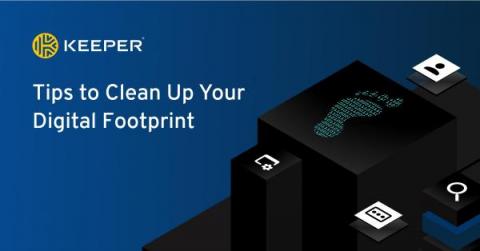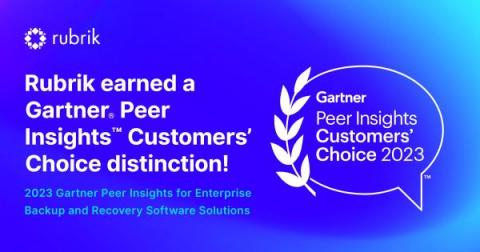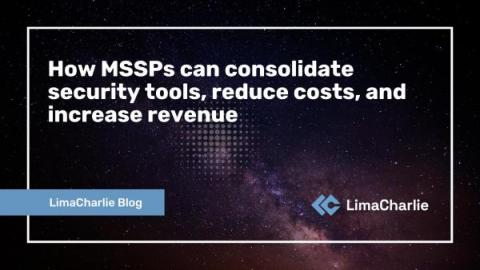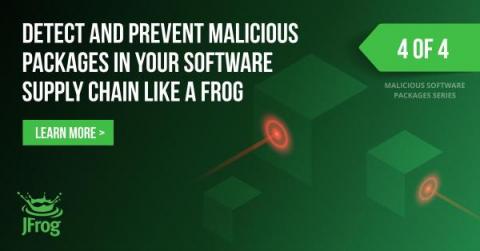Small Business Cyberattack Analysis: Most-Targeted SMB Sectors and Key Prevention Tips
Small and medium-sized businesses (SMBs) are more frequent targets of cybercrime than larger companies, industry research shows, and the trend is putting enormous financial pressure on small businesses. Some SMBs feel this pressure more strongly than others: CrowdStrike’s data shows sectors including not-for-profit and transportation are more frequently targeted with high- and critical-severity attacks than other industries.











